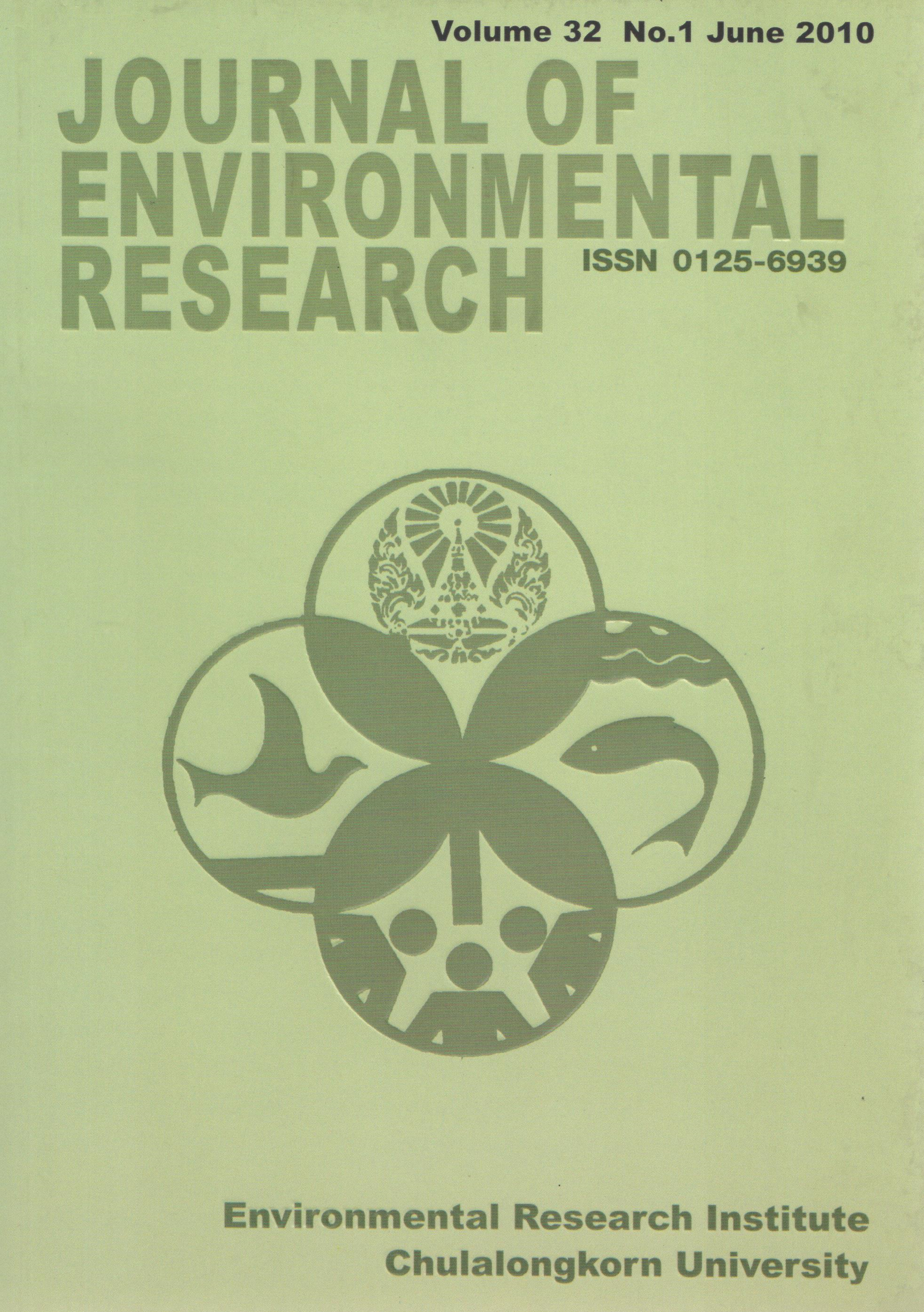Inter-phase Mass Transport: Modelling of Air-water Movement of Organic Chemicals
Main Article Content
Abstract
Air-water inter-phase mass transport of organic contaminants is often an important factor in their environmental fate and behaviour. The equilibrium situation is given by the Henry's Law Constant of the compound, but is rarely attained under environmental conditions. Approach to equilibrium is commonly described by the two-film theory involving molecular (Fickian) diffusion through thin stagnant films adjacent to the air-water interface. This theory is formulated in terms of mass transfer coefficients and fugacity transport parameters. Penetration and Surface Renewal Theories of mass transfer are also discussed. The importance of the Henry's Law Constant (H) is shown. Compounds such as phenol with relatively low values of H encounter most of their resistance to transport in the air and are said to be under air film control. Compounds such as methane with relatively large values of H encounter most of their resistance to transport in the water and are said to be under air film control. Estimation methods for mass transfer coefficients and fugacity transport parameters to enable modelling are shown.
Article Details

This work is licensed under a Creative Commons Attribution-NonCommercial 4.0 International License.
Published articles are under the copyright of the Applied Environmental Research effective when the article is accepted for publication thus granting Applied Environmental Research all rights for the work so that both parties may be protected from the consequences of unauthorized use. Partially or totally publication of an article elsewhere is possible only after the consent from the editors.

